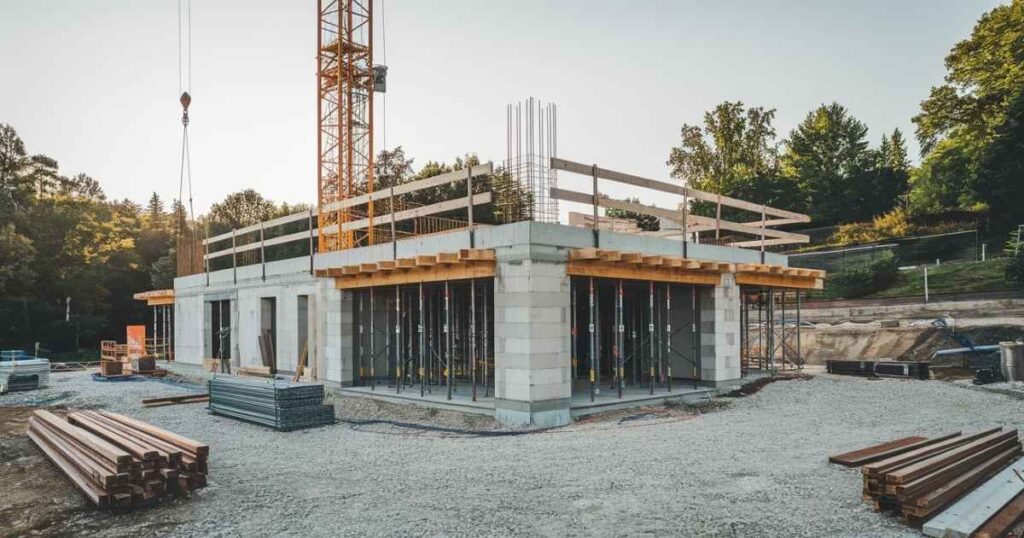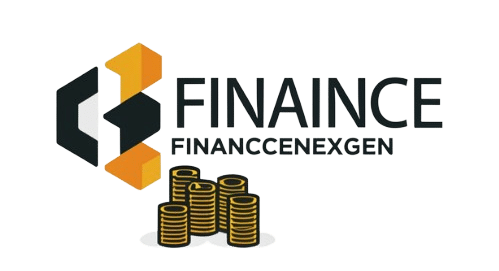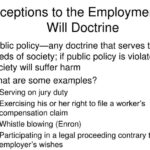Project-specific professional liability insurance is designed to cover risks associated with individual projects, offering tailored protection against claims of errors, omissions, or negligence. Unlike general liability policies, it focuses on the unique challenges of a particular project, ensuring specialized coverage.
For businesses managing complex projects, having project-specific professional liability insurance can be a game-changer. It not only safeguards against potential legal claims but also enhances client trust and confidence.
What are construction loans?
Construction loans are short-term, high-interest loans designed to cover the cost of building a new home or major renovations. Unlike traditional mortgages, these loans are disbursed in stages as the construction progresses, with interest typically paid only on the amount used.
Once the project is complete, the loan is either converted into a permanent mortgage or paid off in full. These loans require careful planning and budgeting, often with stricter requirements, such as detailed construction plans and higher credit scores.
Understanding how construction loans work is essential for anyone looking to finance a new build, ensuring that you secure the best terms for your project.
Factors That Affect Home Construction Loan Rates
When looking to secure the best home construction loan rates, it’s essential to understand the key factors that influence them.
Economic Conditions :
They are a major determinant, as broader economic trends directly impact interest rates. For instance, when the Federal Reserve raises interest rates to control inflation, the cost of borrowing increases, leading to higher construction loan rates. Additionally, economic stability, unemployment rates, and overall market conditions can affect the rates lenders offer.
Borrower’s Financial Profile :
Also plays a crucial role. Lenders evaluate your credit score, debt-to-income ratio, and financial history to assess risk. A strong credit score and a low debt-to-income ratio can help you secure lower interest rates, while a weaker profile might result in higher rates or more stringent loan terms.
Loan Specifics:
The loan amount, term length, and type of loan significantly influence the interest rate. Larger loans or longer terms often carry higher rates due to the increased risk for the lender.
The type of construction loan—whether it’s a construction-to-permanent loan, a stand-alone construction loan, or a renovation loan—also impacts the rate, with each type offering different levels of risk and interest.
Current Trends in Home Construction Loan Rates (2024)

National Average Rates have seen a slight uptick compared to previous years, with the average rate for construction loans hovering around 6-7%. This increase is largely driven by the Federal Reserve’s efforts to curb inflation, leading to higher borrowing costs across the board.
Regional Variations are notable, with some areas experiencing higher rates due to local economic conditions, such as housing demand and job market strength. For example, rapidly growing regions like the Sun Belt states may see slightly higher rates due to increased demand for new construction, while slower markets might offer more competitive rates.
Market Predictions suggest that construction loan rates could remain elevated through 2024, especially if inflation persists and the Federal Reserve continues its tight monetary policies. However, some experts predict a potential easing in the latter half of the year if economic conditions stabilize, offering a possible reprieve for borrowers.
How do construction loans work?
Construction loans are short-term loans designed to finance the construction of a new home or major renovations. They are typically dispersed in stages, based on the construction progress, and require interest payments only on the drawn amounts.
Once the construction is complete, the loan either converts into a permanent mortgage or is paid off in full. These loans generally have higher interest rates than traditional mortgages due to their higher risk and shorter terms.
Construction Loans vs. Traditional Mortgages
| Feature | Construction Loans | Traditional Mortgages |
| Purpose | Financing for building a new home or major renovations | Financing for purchasing an existing home |
| Disbursement | Funds released in stages during construction | Lump sum payment at closing |
| Interest Payments | Paid on drawn amounts only | Paid on the full loan amount |
| Term | Short-term, typically 6-12 months | Long-term, typically 15-30 years |
| Rates | Higher due to increased risk | Generally lower and fixed |
| Conversion | Converts to a mortgage or paid off once construction is complete | Fixed from the start |
Also Read : Tires Financing With Bad Credit
Types of construction loans
When considering construction loan types, selecting one that aligns with your project’s needs and financial goals is important. Here are six common types:
1. Construction-to-Permanent Loan
A construction-to-permanent loan streamlines the financing process by combining the construction loan and permanent mortgage into one. During construction, you make interest-only payments. Once the building is complete, the loan transitions into a long-term mortgage with either a fixed or adjustable rate. This option simplifies the process by avoiding the need for separate loans and multiple closings.
2. Construction-Only Loan
The construction-only loan covers only the construction phase, typically lasting 6-12 months. Payments are made on the loan’s interest during construction, and once completed, the loan must be repaid in full. Afterward, you’ll need to secure a separate mortgage to pay off the construction loan, which can involve additional costs and paperwork.
3. Renovation Loan
A renovation loan is ideal for those looking to improve or remodel an existing property rather than build a new one. This loan can cover various renovation costs, from minor upgrades to major repairs. It combines the cost of renovations with your existing mortgage into a single loan, simplifying repayments.
4. Owner-Builder Construction Loan
An owner-builder construction loan is designed for individuals who plan to act as their own general contractor. This type of loan allows you to oversee the construction process directly, potentially saving on contractor fees. However, it often comes with stricter requirements and higher interest rates due to the added risk of self-management.
5. End Loan
An end loan is used to pay off a construction loan once the project is complete. It provides long-term financing by converting the short-term construction loan into a permanent mortgage. This option is helpful for securing a stable interest rate and manageable monthly payments after the construction phase ends.
6. Bridge Loan
A bridge loan provides short-term funding to cover the gap between the end of your construction project and securing a permanent mortgage. It’s often used to finance the final stages of construction or to bridge the gap if your current home sells after you begin construction on a new one. Bridge loans are typically higher in interest and shorter in duration.
Construction loan rates
Construction loan rates are generally higher than traditional mortgage rates due to the increased risk for lenders. Rates can vary based on factors like economic conditions, your credit score, and the loan amount.
Typically, construction loans have adjustable rates that can fluctuate during the loan term. It’s important to compare rates from different lenders and consider how these rates will impact your overall project costs.
Construction Loan Requirements

You’ll need to meet several requirements to qualify for a construction loan. These usually include a strong credit score, a detailed construction plan, and a down payment of 20-25% of the total project cost. Lenders also require proof of income, a low debt-to-income ratio, and a solid track record in managing similar projects. Some lenders might also need a builder’s contract and an estimated project completion timeline.
How to Get a Construction Loan
To get a construction loan, start by researching and comparing different lenders to find the best rates and terms. Prepare your financial documents, including your credit report, income statements, and project plans. Submit a loan application along with your construction details. The lender will review your application, assess your financial stability, and evaluate the project’s feasibility. Once approved, the loan will be disbursed in stages based on construction progress.
Conclusion
Securing project-specific professional liability insurance is crucial for managing the unique risks of individual projects. By obtaining tailored coverage, businesses can protect themselves from potential claims and enhance client trust. This strategic approach ensures that each project is covered against specific liabilities, paving the way for smoother operations and greater peace of mind.
FAQ‘s
How do I draw money from my construction loan?
You draw money from your construction loan through a series of disbursements based on construction milestones, as approved by your lender.
What are the pros and cons of a construction loan?
Pros: Flexible funding and tailored for building or major renovations.
Cons: Higher interest rates and more stringent requirements.
What if my construction project takes longer than expected?
If your project is delayed, you may face additional interest charges and need to extend your construction loan term.
Is it harder to qualify for construction loans?
It can be harder due to stricter requirements, including a strong credit score and detailed project plans.







